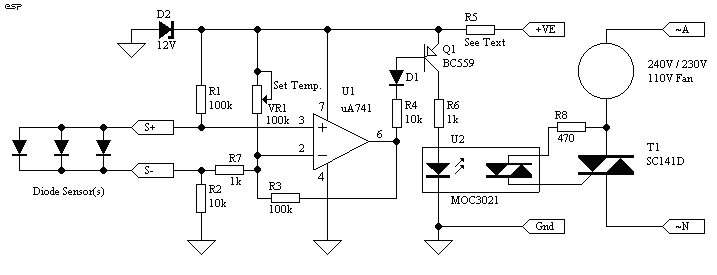
thermal flashlight

Public Lab is an open community that collaboratively develops accessible, open-source, Do-It-Yourself technologies for investigating local environmental health and justice issues.
Public Lab focuses on creating tools that empower individuals and communities to engage in environmental monitoring and advocacy. These technologies are designed to be affordable and user-friendly, enabling a wide range of users, including educators, activists, and researchers, to gather data about their surroundings. The community encourages participation through workshops, online forums, and collaborative projects, fostering an environment where knowledge and resources are shared openly.
The tools developed by Public Lab often include hardware components such as sensors, cameras, and data collection devices, along with software for data analysis and visualization. For instance, a common project might involve building a low-cost air quality monitor using readily available electronic components. This device could utilize sensors to detect pollutants and transmit data to a mobile application or website, allowing users to visualize air quality trends over time.
Public Lab also emphasizes the importance of transparency and reproducibility in environmental science. By providing detailed documentation and open-source designs, the community ensures that anyone can replicate or modify their tools to suit specific needs. This approach not only democratizes access to environmental data but also fosters innovation as users contribute their own improvements and adaptations.
In summary, Public Lab represents a significant movement towards community-driven environmental science, leveraging open-source technology to address health and justice issues at the local level. The collaborative nature of the organization enhances its impact, enabling diverse voices to contribute to the understanding and improvement of environmental conditions.Public Lab is an open community which collaboratively develops accessible, open source, Do-It-Yourself technologies for investigating local environmental health and justice issues.. 🔗 External reference
Public Lab focuses on creating tools that empower individuals and communities to engage in environmental monitoring and advocacy. These technologies are designed to be affordable and user-friendly, enabling a wide range of users, including educators, activists, and researchers, to gather data about their surroundings. The community encourages participation through workshops, online forums, and collaborative projects, fostering an environment where knowledge and resources are shared openly.
The tools developed by Public Lab often include hardware components such as sensors, cameras, and data collection devices, along with software for data analysis and visualization. For instance, a common project might involve building a low-cost air quality monitor using readily available electronic components. This device could utilize sensors to detect pollutants and transmit data to a mobile application or website, allowing users to visualize air quality trends over time.
Public Lab also emphasizes the importance of transparency and reproducibility in environmental science. By providing detailed documentation and open-source designs, the community ensures that anyone can replicate or modify their tools to suit specific needs. This approach not only democratizes access to environmental data but also fosters innovation as users contribute their own improvements and adaptations.
In summary, Public Lab represents a significant movement towards community-driven environmental science, leveraging open-source technology to address health and justice issues at the local level. The collaborative nature of the organization enhances its impact, enabling diverse voices to contribute to the understanding and improvement of environmental conditions.Public Lab is an open community which collaboratively develops accessible, open source, Do-It-Yourself technologies for investigating local environmental health and justice issues.. 🔗 External reference





